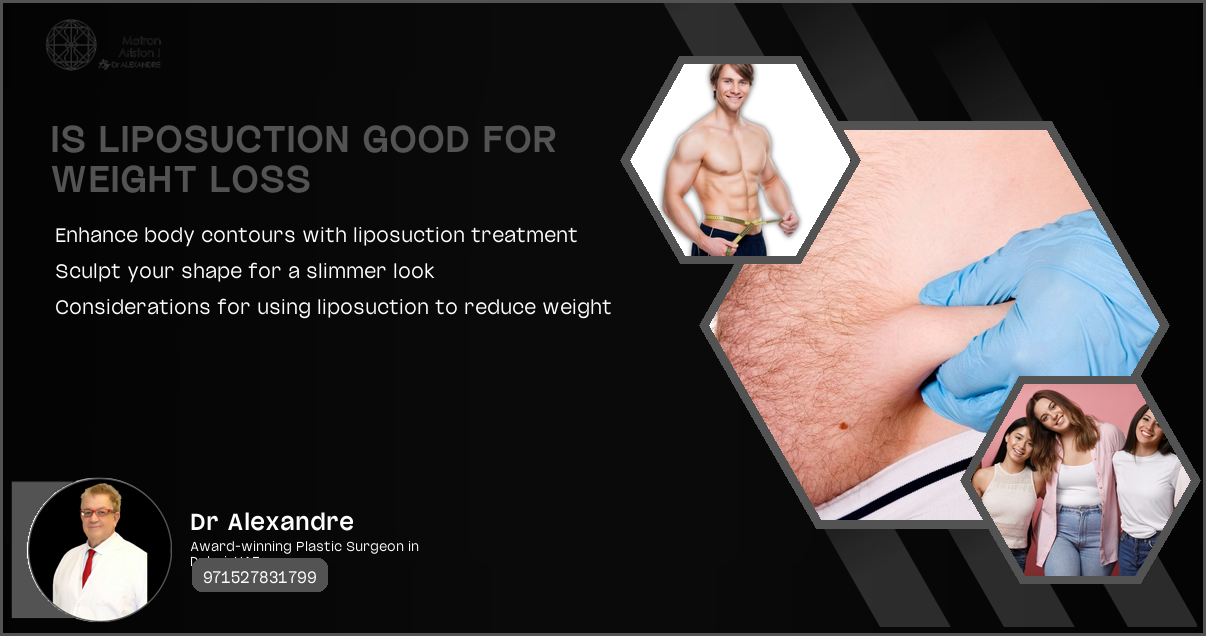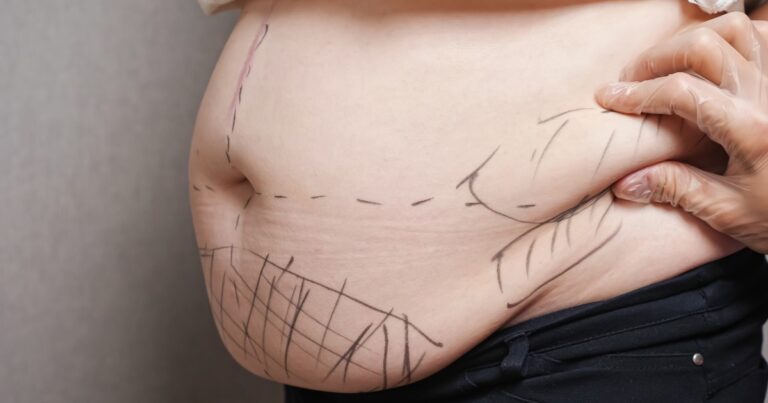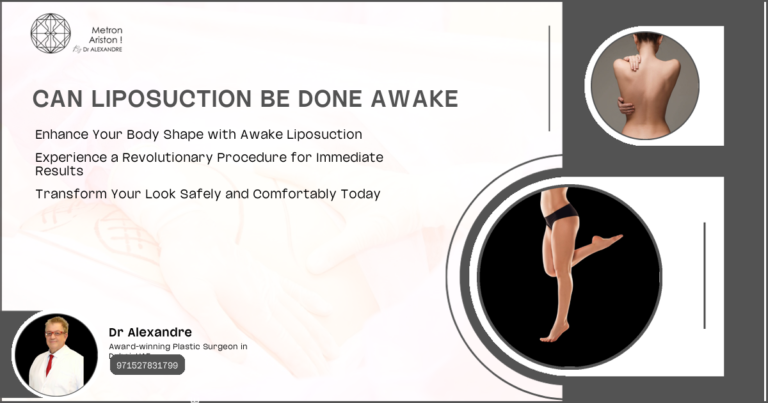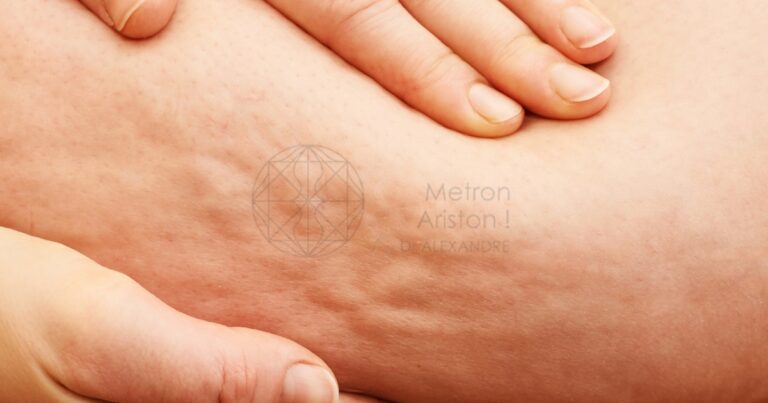Liposuction and Weight Loss
Liposuction is a cosmetic surgical procedure designed to remove excess fat from specific areas of the body. It involves using a suction technique to extract fat deposits, typically from the abdomen, thighs, buttocks, arms, or neck. The goal is to reshape and contour these areas rather than to achieve significant weight loss.
Primary Purpose of Liposuction
The primary purpose of liposuction is body contouring. It enhances the shape and proportion of the body by removing localized fat deposits that are resistant to diet and exercise. Liposuction is not a substitute for weight loss but rather a method to improve the appearance of specific areas.
Limitations of Liposuction for Weight Reduction
Liposuction has several limitations when it comes to weight reduction. It is not effective for treating obesity or for losing large amounts of weight. The procedure is best suited for individuals who are close to their ideal weight but have stubborn fat pockets.
- Liposuction is not a treatment for obesity.
- It does not address underlying health issues related to weight.
- The amount of fat removed is relatively small compared to overall body weight.
Is Liposuction a Weight Loss Surgery
Comparing Liposuction to Bariatric Procedures
Liposuction and bariatric procedures, such as gastric bypass or sleeve gastrectomy, are fundamentally different. Bariatric surgeries are designed to induce significant weight loss by altering the digestive system, whereas liposuction focuses on removing localized fat.
Target Areas for Liposuction
Liposuction targets specific areas of the body where fat tends to accumulate. Common areas include the abdomen, thighs, buttocks, arms, and neck. The procedure is tailored to the individual’s needs and goals.
Expected Fat Removal in Liposuction
The amount of fat removed during liposuction varies but is generally limited to a few pounds. The goal is to achieve a more contoured appearance rather than significant weight loss.
- Typical fat removal ranges from 1 to 10 pounds.
- The procedure is not intended for large-scale weight reduction.
- Results are more about shape than weight.
Appropriate Uses of Liposuction
Body Contouring Benefits
Liposuction is highly effective for body contouring. It can enhance the shape and proportion of the body by removing stubborn fat deposits that are resistant to diet and exercise.
Combining Liposuction with Healthy Lifestyle Changes
For optimal results, liposuction should be combined with healthy lifestyle changes. This includes a balanced diet, regular exercise, and maintaining a stable weight to prevent the return of fat.
Realistic Expectations from Liposuction Procedures
It’s important to have realistic expectations when considering liposuction. The procedure can improve body contours but will not result in significant weight loss or solve underlying health issues.
- Enhances body shape and proportion.
- Best results with a healthy lifestyle.
- Realistic expectations are crucial.
Alternatives to Liposuction for Weight Loss
Diet and Exercise Programs
Diet and exercise programs are the most effective and sustainable methods for weight loss. A balanced diet combined with regular physical activity can help you achieve and maintain a healthy weight.
Medically Supervised Weight Loss Plans
Medically supervised weight loss plans offer a structured approach to losing weight. These plans often include nutritional counseling, exercise guidance, and medical monitoring to ensure safety and effectiveness.
FDA-Approved Weight Loss Medications
Several FDA-approved weight loss medications can aid in weight loss. These medications are typically prescribed for individuals with a BMI of 30 or higher or those with weight-related health conditions.
- Diet and exercise are key for sustainable weight loss.
- Medically supervised plans offer structured support.
- FDA-approved medications can assist in weight loss.
Risks and Complications of Liposuction 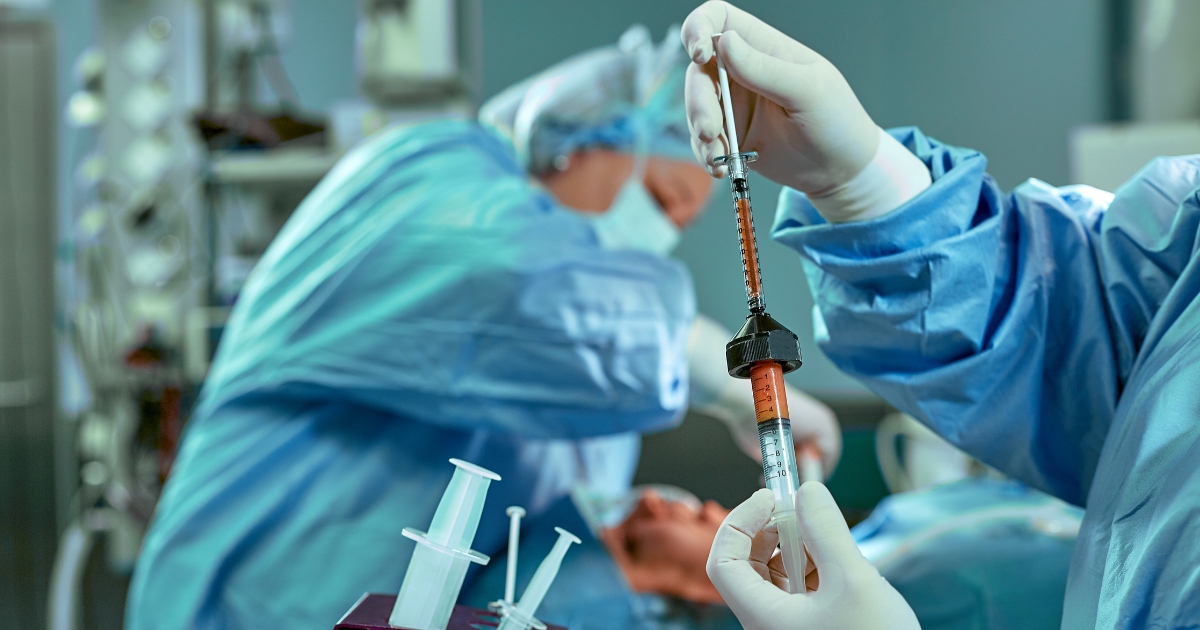
Common Side Effects
Swelling, bruising, and temporary numbness are normal following liposuction, but these effects are short-lived and usually fade within a few weeks. Dr. Alexandre Dionys takes great care in ensuring a smooth recovery, making these minor side effects easy to manage.
Rare but Serious Complications
While serious complications such as infections, blood clots, or anesthesia reactions are very rare, Dr. Alexandre Dionys strict safety protocols further minimize these risks. Patients can trust that they are receiving the highest level of care, ensuring peace of mind throughout the process.
Long-Term Considerations
To maintain the best results, it’s important to keep a stable weight and lead a healthy lifestyle. Dr. Dionys provides comprehensive guidance to his patients, helping them achieve lasting results. His precise techniques also significantly reduce the chances of skin irregularities or asymmetry.
Importance of Choosing a Qualified Surgeon
Selecting an experienced and highly qualified surgeon like Dr. Alexandre Dionys ensures not only the safest experience but also outstanding results. Dr. Dionys is board-certified and has an impeccable track record with liposuction procedures, delivering consistently flawless outcomes.
Recovery and Results After Liposuction
Typical Recovery Timeline
The typical recovery timeline for liposuction varies but generally includes a few days of rest followed by a gradual return to normal activities. Most patients can resume light activities within a week and full activities within a few weeks.
Post-Procedure Care Instructions
Post-procedure care instructions are essential for a smooth recovery. These may include wearing compression garments, avoiding strenuous activities, and following a healthy diet to support healing.
Long-term Maintenance of Results
Maintaining the results of liposuction requires a commitment to a healthy lifestyle. This includes regular exercise, a balanced diet, and avoiding significant weight fluctuations.
- Recovery: a few days of rest, gradual return to activities.
- Post-care: Compress garments, avoid strenuous activities, and a healthy diet.
- Long-term: regular exercise, balanced diet, stable weight.
Cost Considerations for Liposuction
Average Costs of Liposuction Procedures
The average cost of liposuction procedures varies but typically ranges from ,000 to ,000 per area treated. This cost can vary based on the surgeon’s experience, the geographic location, and the complexity of the procedure.
Factors Affecting Liposuction Pricing
Several factors can affect the pricing of liposuction, including the surgeon’s fees, anesthesia costs, facility fees, and the number of areas treated. It’s important to get a detailed cost estimate before proceeding.
Insurance Coverage for Liposuction
Liposuction is generally considered a cosmetic procedure and is not covered by insurance. However, some exceptions may apply if the procedure is deemed medically necessary.
- Average cost: ,000 to ,000 per area.
- Factors: surgeon’s fees, anesthesia, facility fees, number of areas.
- Insurance: typically not covered, with exceptions for medical necessity.
Advancements in Liposuction Techniques
Traditional vs. Modern Liposuction Methods
Traditional liposuction methods involve manual fat removal, while modern techniques use advanced technologies such as laser-assisted or ultrasound-assisted liposuction. These newer methods can offer more precise results and quicker recovery times.
Non-Invasive Fat Reduction Alternatives
Non-invasive fat reduction alternatives, such as CoolSculpting and SculpSure, offer options for those who prefer not to undergo surgery. These methods use cooling or laser energy to target and reduce fat cells without incisions.
Combining Liposuction with Other Cosmetic Procedures
Combining liposuction with other cosmetic procedures, such as tummy tucks or breast augmentations, can enhance overall results. This approach allows for comprehensive body contouring in a single surgical session. Liposuction fertility impact Removing fat through liposuction does not directly affect a person’s ability to have children but being at a healthy weight can improve overall fertility Liposuction hernia possibility Liposuction can sometimes weaken the abdominal wall which might lead to a hernia Patients should be aware of this rare but potential risk when considering the procedure
Airflow-assisted fat extraction Liposuction limitations hips Liposuction can remove fat from hips but it cannot tighten loose skin or change bone structure Chin lipo beverages are special drinks that claim to help reduce fat under the chin These drinks are marketed as a way to get a slimmer jawline without surgery
Liposuction scars fade over time as your body heals The small marks from the procedure become less noticeable with proper care
- Traditional: manual fat removal.
- Modern: laser-assisted, ultrasound-assisted.
- Non-invasive: CoolSculpting, SculpSure.
- Combination: tummy tucks, breast augmentations.
Psychological Aspects of Liposuction
Body Image and Self-Esteem
Liposuction can positively impact body image and self-esteem. Many patients report feeling more confident and satisfied with their appearance after the procedure.
Managing Expectations
Managing expectations is crucial for a successful outcome. Patients should understand that liposuction is not a weight loss solution but a body contouring procedure. Realistic expectations help ensure satisfaction with the results.
Importance of Mental Health Evaluation
A mental health evaluation can be beneficial before undergoing liposuction. This helps ensure that patients have a healthy mindset and realistic expectations about the procedure and its outcomes.
- Positive impact on body image and self-esteem.
- Realistic expectations are crucial.
- Mental health evaluation is beneficial.
FAQ’s
What is the safest type of liposuction?
The safest type of liposuction depends on the individual’s needs and the surgeon’s expertise. Tumescent liposuction is widely regarded as safe due to its use of local anesthesia and reduced blood loss.
How painful is liposuction recovery?
Liposuction recovery can involve some pain and discomfort, but it is generally manageable with prescribed pain medications. Most patients report that the pain subsides significantly within a few days to a week.
Can liposuction remove belly fat?
Yes, liposuction can remove belly fat. It is one of the most common areas treated with liposuction. The procedure can effectively contour the abdomen by removing localized fat deposits.
Is liposuction permanent?
The fat cells removed during liposuction are permanently gone. However, remaining fat cells can expand if you gain weight, so maintaining a healthy lifestyle is essential to preserve the results.
How many sizes do you lose with liposuction?
The number of sizes you lose with liposuction varies depending on the amount of fat removed and the areas treated. Most patients can expect to lose one to two clothing sizes.
How much weight can you lose with liposuction?
The amount of weight you can lose with liposuction is typically limited to a few pounds. The procedure is designed for body contouring rather than significant weight loss. Most patients lose between 1 to 10 pounds of fat.
Does fat come back after lipo?
Fat can return after liposuction if you do not maintain a healthy lifestyle. The fat cells removed during the procedure are gone permanently, but the remaining fat cells can expand if you gain weight.
What is the maximum amount of fat that can be removed during liposuction?
The maximum amount of fat that can be safely removed during liposuction is generally around 5 liters or approximately 11 pounds. Removing more than this can increase the risk of complications.


